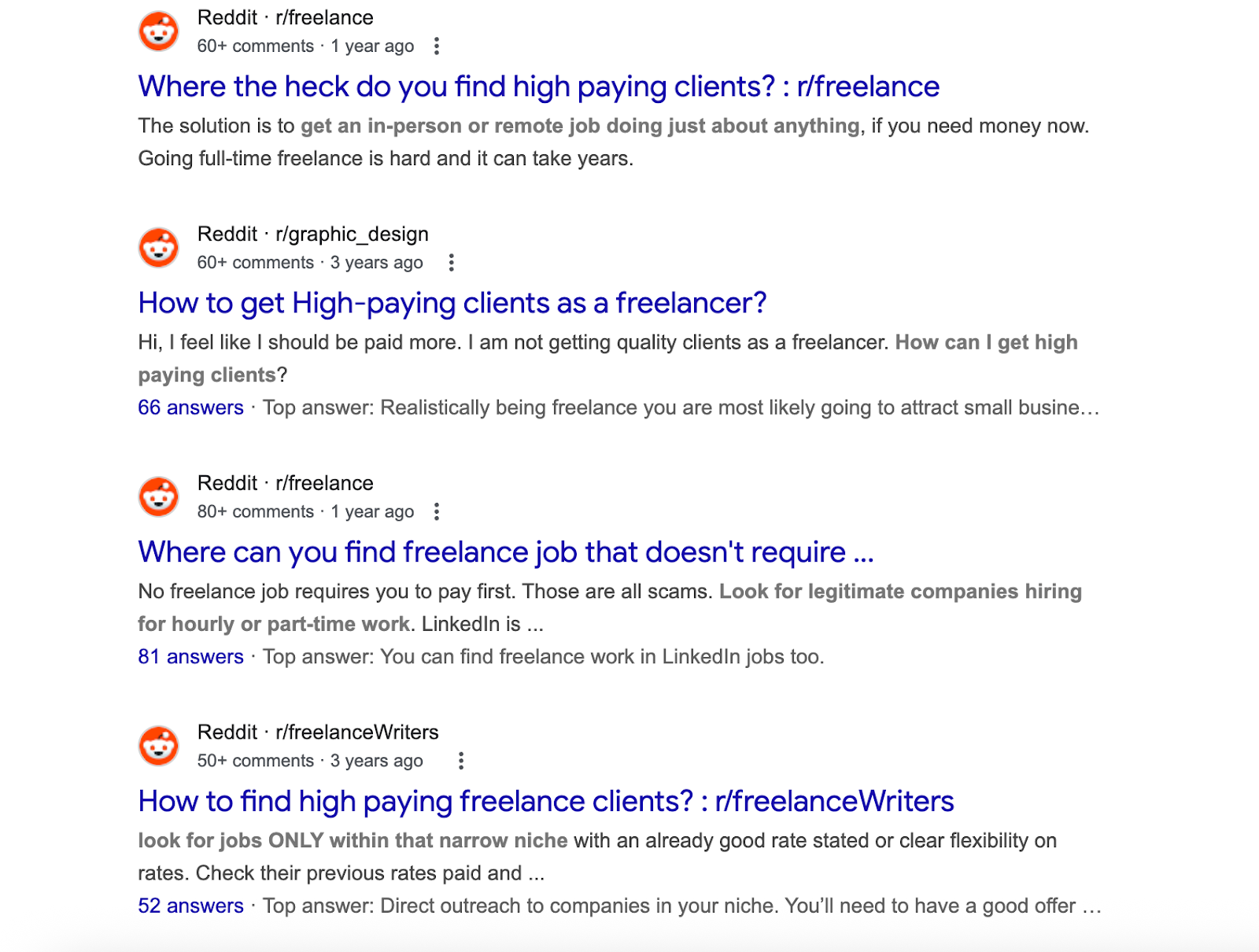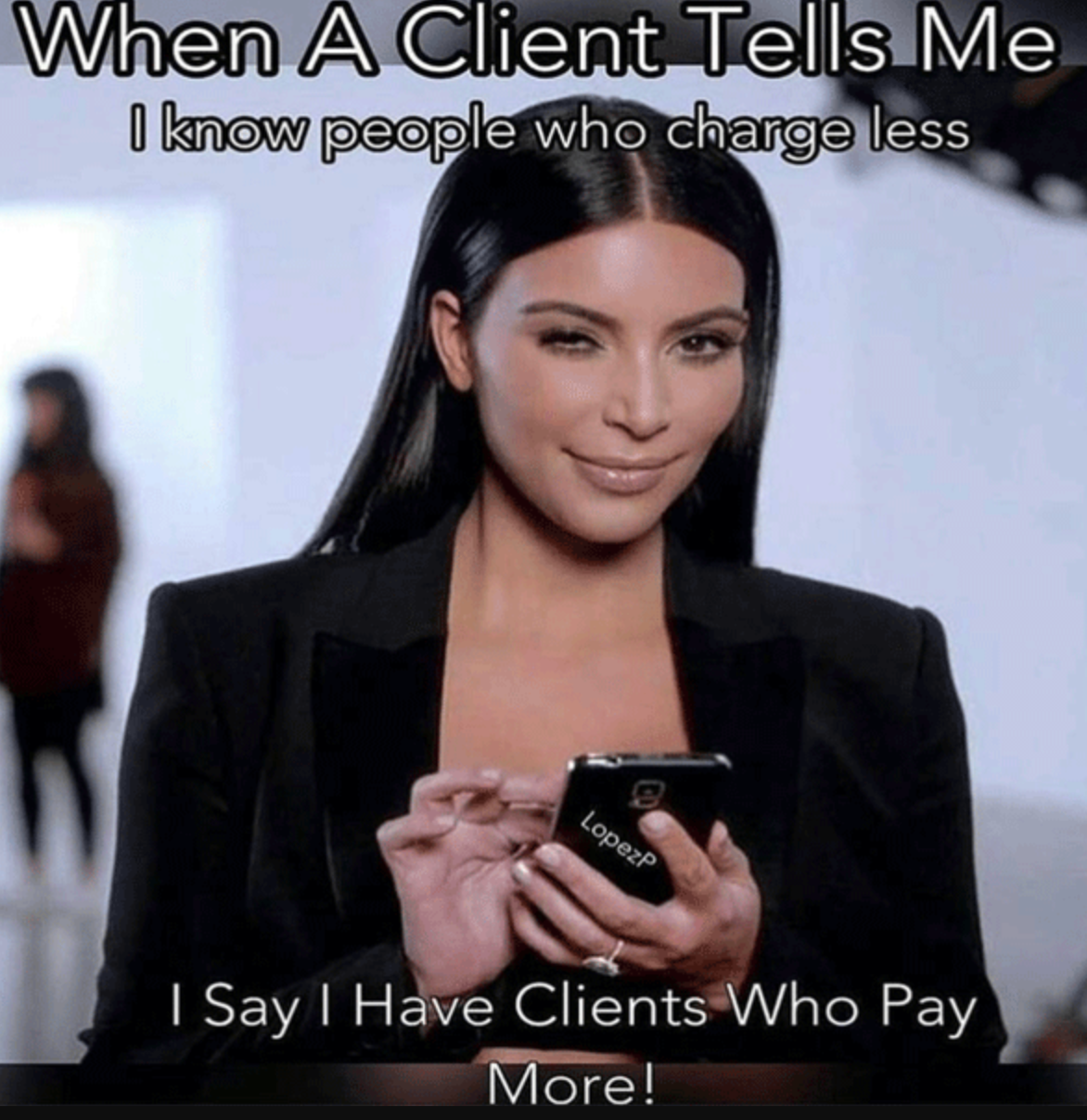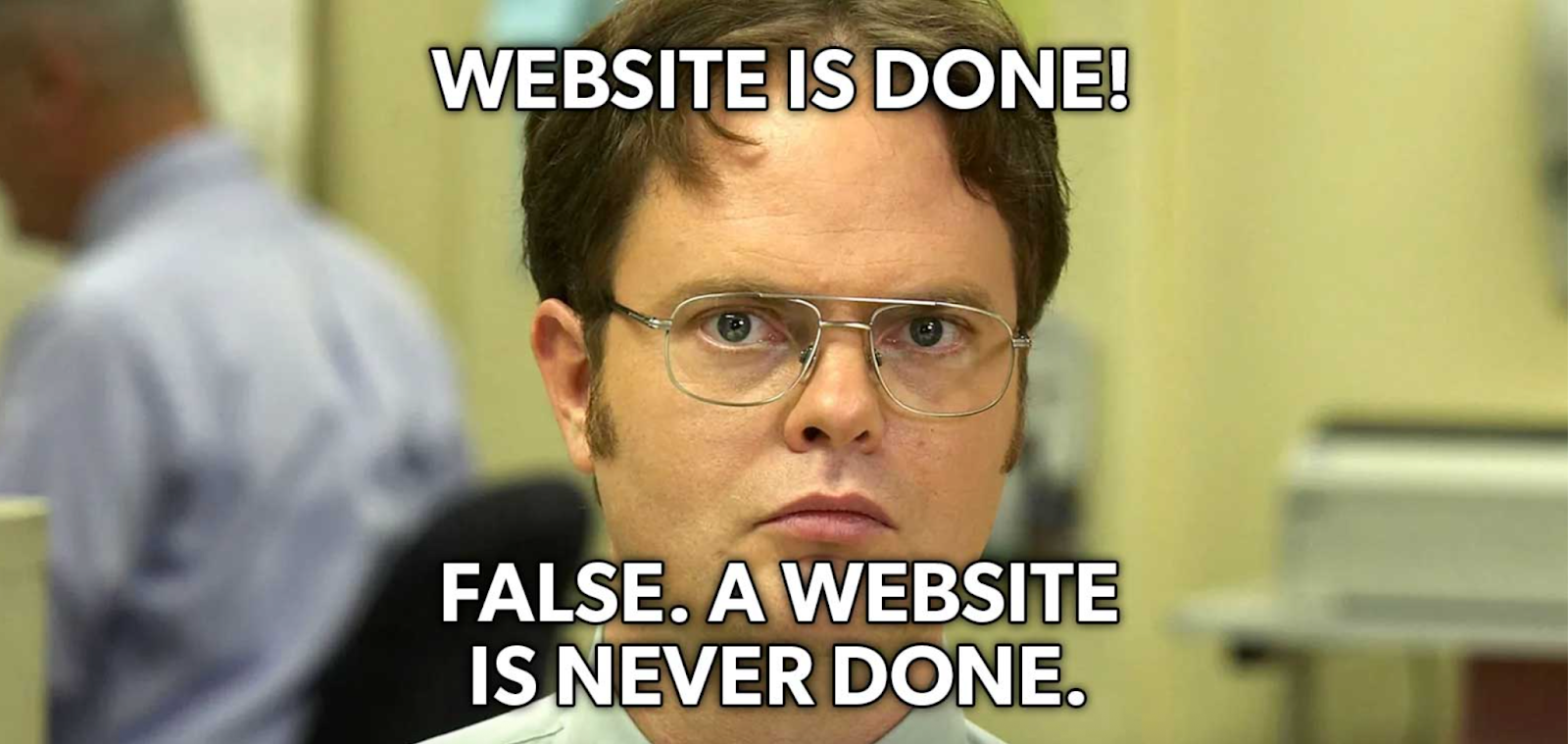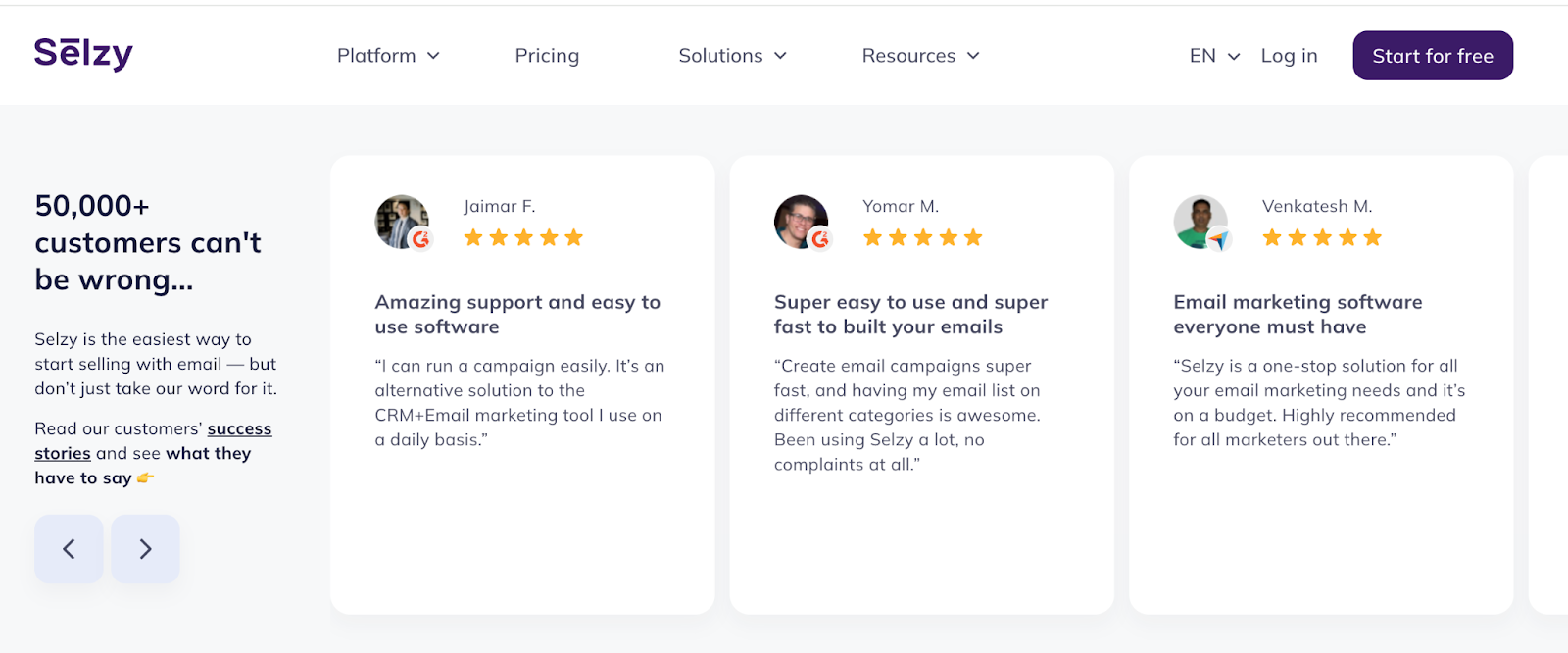Attract High-Paying Clients Easily: A No-Fluff Guide for Freelancers
Freelancers, raise your rates, ditch the cheapskates, and land clients who actually pay what you’re worth.
September 17, 2025
September 18, 2025

Every freelancer dreams of landing high-paying clients. Ideally, they would respect your time, value your work, and not haggle over every invoice. But attracting those clients can feel impossible when you’re stuck with low rates and difficult customers. This article will show you that you don’t necessarily need luck, fancy ads, or years of experience. What you need is a clear strategy to position yourself, show your value, and filter for clients who are ready to pay.
Why most freelancers struggle to attract high-paying clients

A lot of freelancers stay stuck with low-paying work for the same reasons: they try to appeal to everyone, set prices too low in hopes of getting more clients, and don’t show the results they’ve already achieved. Cheap clients often come with the most headaches — they nitpick, miss deadlines, and treat your work like a commodity instead of a partnership.
Red flags I watch for: anyone who leads with "what's your cheapest package" or asks for ranking guarantees. I also avoid prospects who want to micromanage the technical process instead of focusing on business outcomes.
{{Danielle Birriel}}
The idea is, low-budget clients often cost more in stress than they pay in money. If you want to attract high-paying clients, you have to stop chasing “anyone” and start focusing on the right ones. And how do you do that? Read on!
10 ways to find and keep high-paying clients
Here are our top 10 ways on how to find high-paying clients. If you’re still unsure what your niche is as a freelancer, check out our guide on the highest-paying freelance jobs for some inspiration.
1. Get clear on who your ideal high-paying client actually is
So, we’ve already established that not every client is worth working with. When trying to determine who your ideal client is, ask yourself some questions about your budget, your industry, your values, and your work style.
[My red flags]: anyone asking for discounts before seeing the property, people who want to negotiate security deposits, or clients who can't provide company information when claiming it's a business expense. I also avoid guests who nitpick amenity lists – they're usually the ones who'll complain about everything during their stay.
{{Sean Swain}}
High-paying clients also tend to be the ones who respect your process. They’re more results-oriented, and care less about squeezing every penny out of you. Learning to say no to the wrong fit early on protects your time and makes space for the right clients.
I avoid anyone who immediately asks about customizing templates when they contact me for custom work. If someone's first question is about cheaper template modifications rather than discussing their business challenges, they're not ready to invest in proper solutions. These prospects typically want the results of custom development at template prices.
{{Divyansh Agarwal}}
2. Package your services as outcomes, not tasks
Once you’ve determined the kind of clients you’d like to attract, the next step is to have a look at how you’re positioning your services. High-paying clients want their problems solved, not a to-do list checked off.
Let’s imagine you’re in social media management. If you pitch it as “10 Instagram reels a week,” clients will start doing maths in their head — “How long does each video take to film? Is this worth the hourly rate?” But if you frame it as “a content strategy that grows your audience and brings in new customers,” it becomes a different conversation, making it about results rather than hours.
What attracted better clients: I stopped competing on price and started solving specific problems. When I noticed traveling nurses and corporate relocations needed furnished places for weeks or months, I repositioned my Detroit lofts as "executive housing" instead of vacation rentals. My revenue per booking jumped from $150/night weekend stays to $2,800/month contracts with hospitals and corporations.
{{Sean Swain}}
3. Raise your prices (and let cheap clients opt out)
Low rates are like a magnet for bargain hunters who haggle and drain your energy (which is what we want to avoid here). High-paying clients, on the other hand, are drawn to confidence. They want someone who knows their value and doesn’t need to explain it in a five-paragraph email. Think of your rate as more than a number, but as a filter.

Let’s be for real: raising your prices might be uncomfortable at first. You may be wondering, what if it drives all my clients away? Or maybe the scarier thought: what if no one wants to hire me at all? But the truth is, the clients who disappear when you raise your rates are the ones you were never meant to keep. When you stop working with cheapskates, you free up time and energy to take on higher-value projects.
I stopped accepting clients who wanted $99/month SEO and started requiring a minimum $1,500/month commitment. This single change filtered out tire-kickers instantly. When I positioned myself as the AI-driven local SEO specialist rather than a general SEO provider, my close rate jumped to 80% because prospects understood they were paying for cutting-edge expertise, not commodity services.
{{Danielle Birriel}}
If you’re just starting out, focus on building experience and case studies first — but once you have proof of results, don’t be afraid to raise your rates.
4. Upgrade your website and socials to reflect premium value
Your website and socials are often the first things a potential customer may see. If your website is cluttered and outdated, it might push serious clients away. And it’s easy to understand why: if you saw a service provider with a website that looks like it’s straight out of the 2000s, you’d be put off too.
The same goes for social media. Instead of chasing likes from other freelancers, use your socials to share client wins, testimonials, or even behind-the-scenes insights into how you work.
Once you’re happy with how your website and social media pages look, it doesn’t mean your work here is over. Make sure all the info is correct and up-to-date.

5. Use content to attract people who want to pay
Happy with how your website and social media look? Now it’s time to get specific.
The fastest way to repel high-paying clients is by keeping your content vague. “I do SEO,” “I design websites,” or “I manage socials” won’t cut it because that’s the exact thing every other freelancer is saying too. Instead of that, explore the exact problems your ideal clients care about. If you’re a copywriter, don’t just post about “writing tips,” talk about how to craft emails that double open rates. If you’re a designer, don’t just share logos. Explain how a rebrand helped a client raise their prices.
My content targets specific problems like "optimizing for Google's AI Overviews" rather than generic SEO topics. I require prospects to complete a detailed audit questionnaire before our strategy call. This weeds out casual shoppers and ensures I'm only talking to business owners ready to make a real investment in their search presence.
{{Danielle Birriel}}
Niche, problem-solving content does two things at once: it proves you understand your clients’ world and hints to low-budget prospects, “this isn’t for you.”
6. Make it easy to say yes (and hard to ghost you)
High-value clients don’t have time to waste on endless back-and-forth before hiring you. If your offers are vague, your process unclear, or your payment terms buried in the fine print, they may simply move on.
Keep everything straightforward and professional, like sharing clear offers, adding booking links, and making your onboarding process easy to follow. Be also upfront about your pricing. This includes things like deposits, retainers, any upfront or milestone payments.
One more thing to consider: make it easy to pay you. List your payment methods clearly, keep the process simple, and, if you work internationally, offer flexible options like PayPal or Wise.
By being clear and professional, you’re setting the tone that this is a real business relationship, not a casual chat that can be dropped anytime. This makes clients less likely to ghost you — they know what to expect (and in some cases, they may have already put the money down).
My listings emphasize business amenities like dedicated workspaces, high-speed internet, and proximity to medical districts rather than tourist attractions. I also require 50% payment upfront and maintain a strict cancellation policy--this weeds out casual browsers and attracts clients who plan ahead with real budgets.
{{Sean Swain}}
7. Build trust with simple proof
Social proof is anything that shows other people have trusted you and seen results: testimonials, reviews, case studies, screenshots, even logos of past clients. It’s important because high-paying clients often don’t just want to take your word for it, they want evidence.

Creating detailed case studies with real results changed everything for me. My Mahojin project case study shows the complete process – tight timeline, 3D work, responsive client communication – and includes their testimonial praising our responsibility and timely delivery. When prospects see this level of transparency and hear clients explicitly mention meeting deadlines despite demanding requirements, they understand they're not hiring just another freelancer.
{{Divyansh Agarwal}}
If you haven’t worked with major players, don’t worry. Social proof doesn’t have to mean a wall of Fortune 500 logos. Things like testimonials, screenshots of results, or short case studies, like in Divyansh’s example above, can do the trick.

8. Create a premium tier (even if no one buys it yet)
How many pricing tiers do you currently offer? Regardless of the answer, you should consider a premium option as a psychological warfare tactic (joking!). When you offer a high-end option, your mid-tier services suddenly look more affordable and appealing. Even if nobody ever chooses the “top shelf” package, its presence sets the tone.
Premium tiers also filter out bargain hunters. Instead of arguing over pennies, serious clients start thinking about which tier best fits their needs.
My pricing page lists three tiers but emphasizes "сustom quote as per your business needs" for each one.This forces serious prospects to have a conversation about their actual requirements rather than just picking the cheapest option. The FAQ section clearly states that projects are "individually priced with fixed rates" based on complexity and timeline, which filters out bargain hunters immediately.
{{Divyansh Agarwal}}
9. Connect with people before they’re hiring

Cold outreach may have a bad rap, but when it’s done right, it isn’t spam — it’s starting a conversation. Spam is like, “Dear Sir/Madam, can I offer you services you don’t need.” Real outreach is thoughtful, targeted, and shows you’ve done your homework. A good cold email mentions something specific to the person — their business, their work, or a problem they’ve talked about.
Don’t just blast hundreds of copy-pasted emails to complete strangers. Focus on establishing connections where your ideal clients already are, like LinkedIn, industry Slack groups, niche communities, or even events. Your aim here isn’t to pitch or sign a contract immediately, but to get on someone’s radar before they’re hiring.
Like the meme above may suggest, cold outreach doesn’t work every time, but even a few genuine connections could go a long way. If you’re reaching out digitally and are unsure where to start, there are plenty of helpful templates for cold emails online.
10. Don’t wait to be “ready” — start now, refine as you go
There’s really no perfect time to launch your own business, to raise your rates, or to pitch to your dream client. If you wait until you feel “ready,” you’ll be waiting forever.
You don’t need a fancy funnel, 10 different packages, or the perfect logo to start attracting high-paying clients. What you need is a visible offer, a clear value proposition, and the guts to put yourself out there.
Just refine as you go. Every proposal you send, every client you work with, and every piece of content you publish makes your positioning sharper.
In conclusion
I hope this guide has given you the confidence to raise your rates, package your work as outcomes, and pitch to the kind of clients you actually want to work with. Refine your positioning, show your proof, and put yourself out there. The right clients will notice. Here’s to landing the client of your dreams and getting paid what you’re worth! Good luck!
FAQ
We are here to ease your working routine
Whether you're freelancing or a full-time contractor, we simplify the working process, putting you in control.
Try it free




Discover how much a no-code developer makes, get insights about the career and its market, and get tips from specialists on how to get started.

Learn what media buyers do, average salaries in 2025, global rates, payment models, and how to increase your income in this role.

A clear guide to ghostwriter earnings: pricing models, real rates, key factors, and how to set fair, sustainable prices for your work.

.JPG)